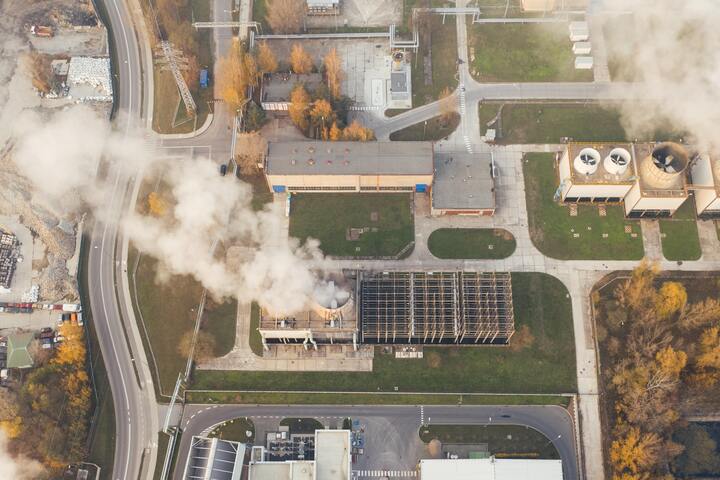
When you think of air pollution, indoor air likely isn’t the first thing that comes to your mind. However, according to the World Health Organization, poor indoor air quality is a serious threat to human health causing severe diseases1, including:
· acute lower respiratory infections,
· chronic obstructive pulmonary disease,
· lung cancer,
· cardiovascular disease,
· cataracts,
· burns,
· poisonings,
· physical injury from fuel collection,
· other adverse health outcomes: asthma, ear and upper respiratory infections, tuberculosis, nasopharyngeal and laryngeal cancers, cervical cancer, low birthweight and stillbirths, diabetes, and dementia.
Some people have symptoms that seem to be linked to time spent in a certain building. This is known as sick building syndrome. Those who are exposed to indoor air pollutants for the longest periods, including children, pregnant women, older adults, and people with chronic illnesses are more susceptible to its harmful effects than others.
And high household air pollution increases oxidative stress, which has been implicated in decreased fertility or, in some cases, even infertility.
Sources of household air pollution
There are at least 60 sources of household air pollution2, the chief among them are listed hereunder:
- Cooking-related household air pollution
Stir-frying, frying, roasting, grilling, baking, basting, and broiling lead to an increase in particulate matter. 4 million people die from illnesses caused by indoor air pollution due to inefficient cooking practices using polluting stoves3.
- Smoking
Cigarette smoke contains 7,357 different chemical compounds, and of them, about 70 compounds have been confirmed with carcinogenic activity (the formation of cancer). Smoke could be first-hand, second-hand, or third-hand.
- First-hand smoke: a person who smokes.
- Second-hand smoke: other occupants of the house inhaling these fumes.
- Third-hand smoke: residual nicotine and other chemicals left on indoor surfaces.
- Temperature control-related household air pollution
It’s related to heating and cooling of the household environment. Poor ventilation and inadequately cleaned air conditioning units are breeding grounds for various bacteria.
- Insecticides and pest control
Spraying of chemical repellents leads to the accumulation of these toxicants in the house.
- Perfumes, deodorants, and cleaning agents
Commonly used consumer products, which include air fresheners, laundry products, personal care products, and cleaning agents release volatile organic compounds, many of which are toxic.
- Building material
Paints, varnishes, and insulation materials emit significant amounts of volatile organic compounds.
How to fight indoor air pollution
Using air cleaning service can improve the air quality in your home. Air cleaning systems for homes can be highly effective in removing contaminants. Two-stage filtration devices work effectively against chemicals that can be hazardous to your health.
Electronic air cleaner uses electrically charged filters to reduce the number of airborne contaminants. It traps large particles in a prefilter, and then electrically charged filters trap smaller particles to prevent them from recirculating through your home. Checking whole house electronic air cleaner reviews will help you to choose the best unit in Canada.
Air that we breathe can have a major impact on our health. Keeping your indoor air clean will ensure the health of your loved ones.

Share



















